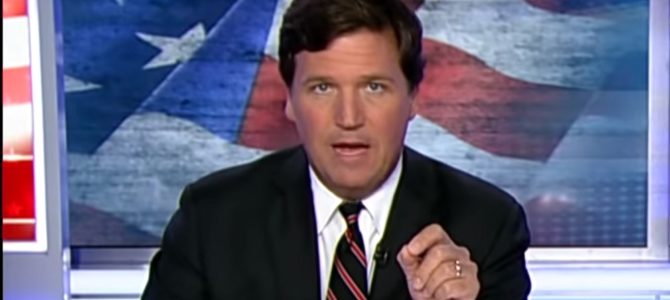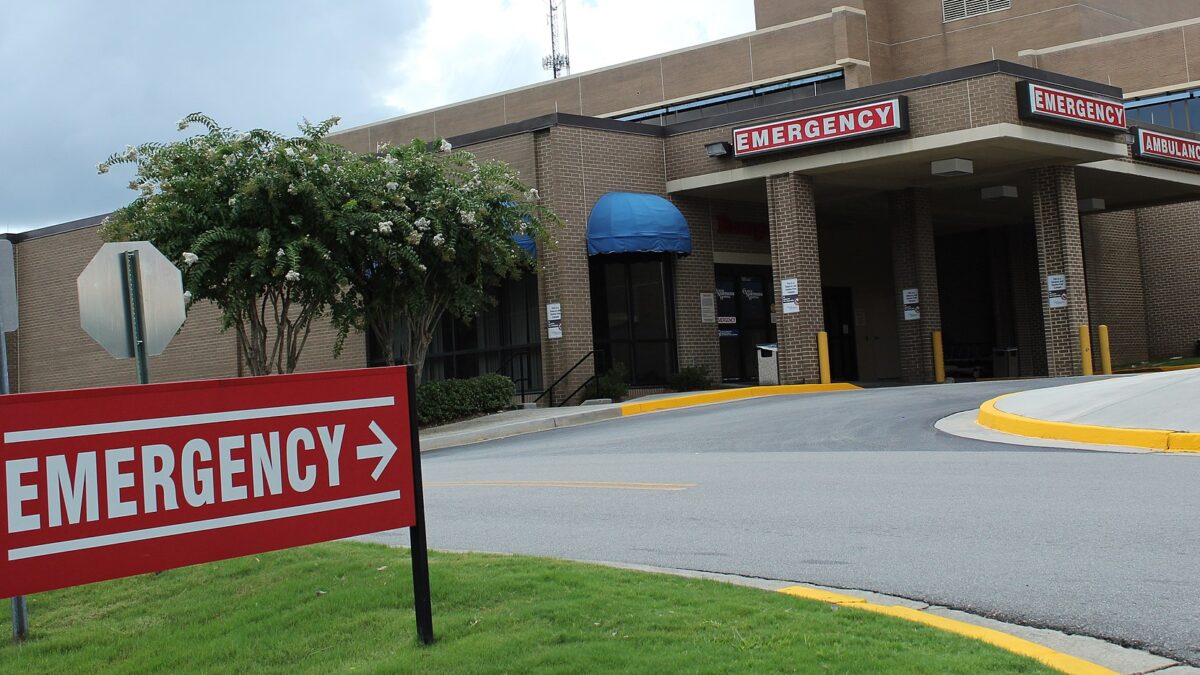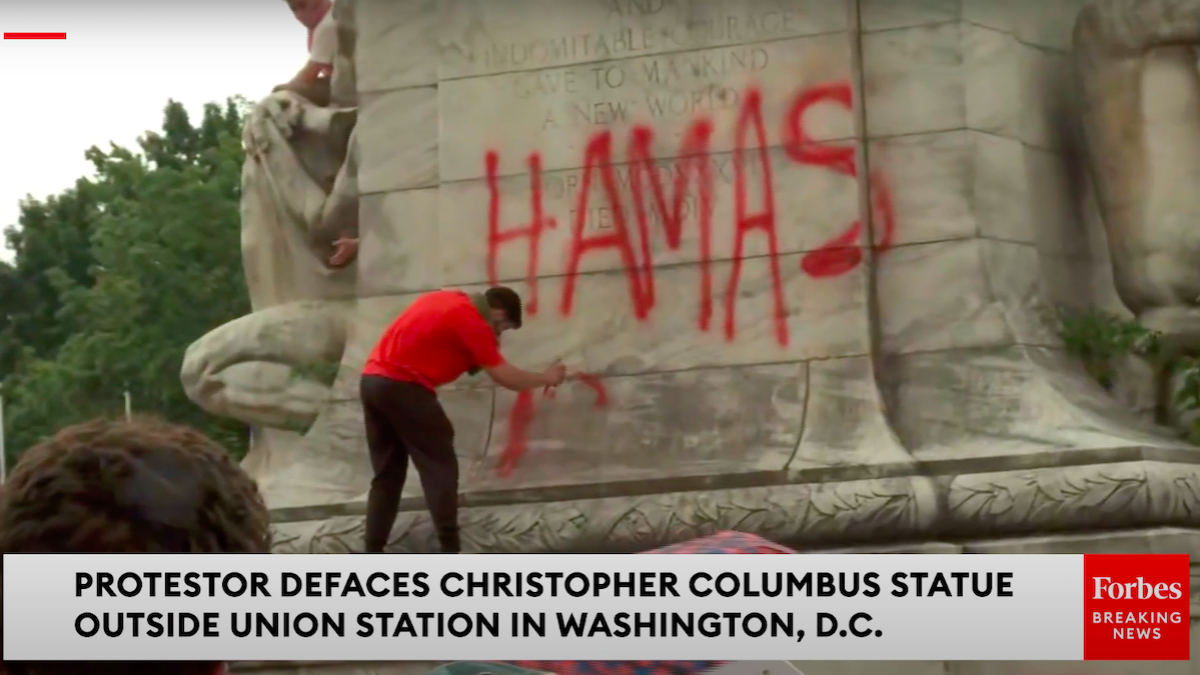Fox News Primetime host Tucker Carlson has come under considerable fire this week for comments in which he referred to white supremacy in the United States as a “hoax.” The comments came just days after a shooter in El Paso, Texas killed 22 people after publishing a white supremacist manifesto.
Tucker Carlson: White supremacy is "actually not a real problem in America." Calling white supremacy and issue is "a hoax" and "a conspiracy theory used to divide the country" pic.twitter.com/ydzmJ0L7UI
— Andrew Lawrence (@ndrew_lawrence) August 7, 2019
There can be no doubt that Carlson knew he would be kicking a hornets nest with these remarks, and indeed the reaction was swift and horrified. Some resumed the call for advertisers to abandon his show.
Agree entirely. Next we need to question what responsibility advertisers, shareholders, "real" newspeople at Fox have. I think Warren was correct in not going on. It endures because people treat it as a legit news organ. https://t.co/AtiGLMc5tp
— Jen "get knocked down, get back up " Rubin (@JRubinBlogger) August 7, 2019
Tucker Carlson’s nightly show does a great deal to portray nonwhites as the dangerous “other,” a force to be beaten back to save America.
His denials and rhetoric must be called out for the lies that they are. My column:https://t.co/gZYb6J19N0— Margaret Sullivan (@Sulliview) August 7, 2019
Facts first: An audit by the Anti-Defamation League found white supremacist murders in the US "more than doubled in 2017" https://t.co/SEYxx8kxTq
— CNN (@CNN) August 7, 2019
Oh. My. God.
Fox News host Tucker Carlson said on Tuesday that white supremacy in the United States is a "hoax" and a "conspiracy theory."
“If you were to assemble a list, a hierarchy of concerns—of problems this country faces—where would white supremacy be on the list?” pic.twitter.com/4KxYJzOccP
— Mother Jones (@MotherJones) August 7, 2019
But Carlson had a point here, and it’s an important one. The key line in his monologue is when he asks whether the total number of people in the United States affiliated with white supremacist organizations could fit inside a single football stadium. The answer is almost certainly yes. And in a country of 330 million people, those couple of tens of thousands really are a drop in the bucket.
The hoax, as Carlson put it, is not the claim that white supremacists exist — they clearly do — but the claim that they represent some important threat to the country — they don’t. In a conversation with National Review’s Victor David Hanson on Carlson’s show, Hanson tells Carlson that in almost every measurable way the United States is one of the most diverse and well functioning societies on earth.
Although domestic terrorist incidents in our country are on the rise, in part because of new efforts to police them, they are still a very tiny fraction of crime. According to FBI Director Christopher Wray’s testimony before Congress, these accounted for something like 100 arrests in the past year or so. Compare that to a Cato Institute study that found in 2017 there were 106,000 illegal immigrants incarcerated in the United States.
While it’s true that illegal immigrants have lower incarceration rates by percentage than native-born Americans, it’s also much higher than that of legal immigrants. However you slice the numbers, the problem of crime committed by those here illegally is vastly larger than that committed by white supremacists.
Two things skew this misperception of the scale of white supremacy and violence associated with it. First is the nature of the violent acts; second is the broadening of the term white supremacist to be a mile wide and an inch deep.
There is no doubt that the most notable recent acts of white supremacist violence were shocking. Whether the church shooting Charleston, S.C., the killing of Heather Heyer in Charlottesville, Va., or the most recent shooting at a Walmart in Texas, each was chilling. This is, after all, the purpose of terrorism: for a small group of people to exert outsized influence on a society by creating fear of heinous acts. It’s why we should be careful of giving into that fear. Like a fear of flying, fear of being killed by a white supremacist terrorist is not particularly rational.
So if white supremacist terrorists — in fact white supremacists in general — are so rare, why do they and their acts get so much attention? Here we get to the smaller, everyday acts of supposed white supremacy that some on the left argue permeate our country, encouraged by rhetoric from politicians, particularly President Trump. Both claims are dubious.
As far as acts of white supremacy permeating the country, these seem to be backed up loosely by occasional videos of white people acting badly. Again, we are talking about a tiny percentage of people. Perhaps more seriously, good outcomes for some racial groups in our country seem stuck at low levels, but this is not true for all minority groups. This being the case, it is far more likely that legitimate policy disagreements are the catalyst behind disparate outcomes, not some explosion in white supremacy.
As to the president, and what responsibility he may bear, this too tends to go way too far. It requires those making the claim to imbue the president’s words with a malicious intent they can’t prove. Sometimes these efforts reach a level of absurdity.
This happened this week when a former assistant director of the FBI appeared on MSNBC and claimed that by lowering flags to half-mast until August 8, the White House was engaged in white supremacy. How? Well, apparently 88 is a symbolic number in many Nazi subcultures, and August 8th is 8/8, so…you get the picture. Anytime anyone has to appeal to such a bizarre piece of non-evidence to support a claim, it’s very likely the claim is not supportable.
Ultimately, Carlson was pushing back against the idea that the United States is plunging into some dark future where white supremacist violence is everywhere and becomes a staple of most Americans’ lives. He’s absolutely correct to point out that this is not happening, no matter how much play the idea gets in the media.
Was “hoax” the right word to use? Maybe not. Does Carlson’s signature incredulous smirk annoy many on left? Almost certainly. But in this case he wasn’t wrong. We are treating a legitimate, but very small, problem as if it is an existential threat to the country. It just isn’t.









